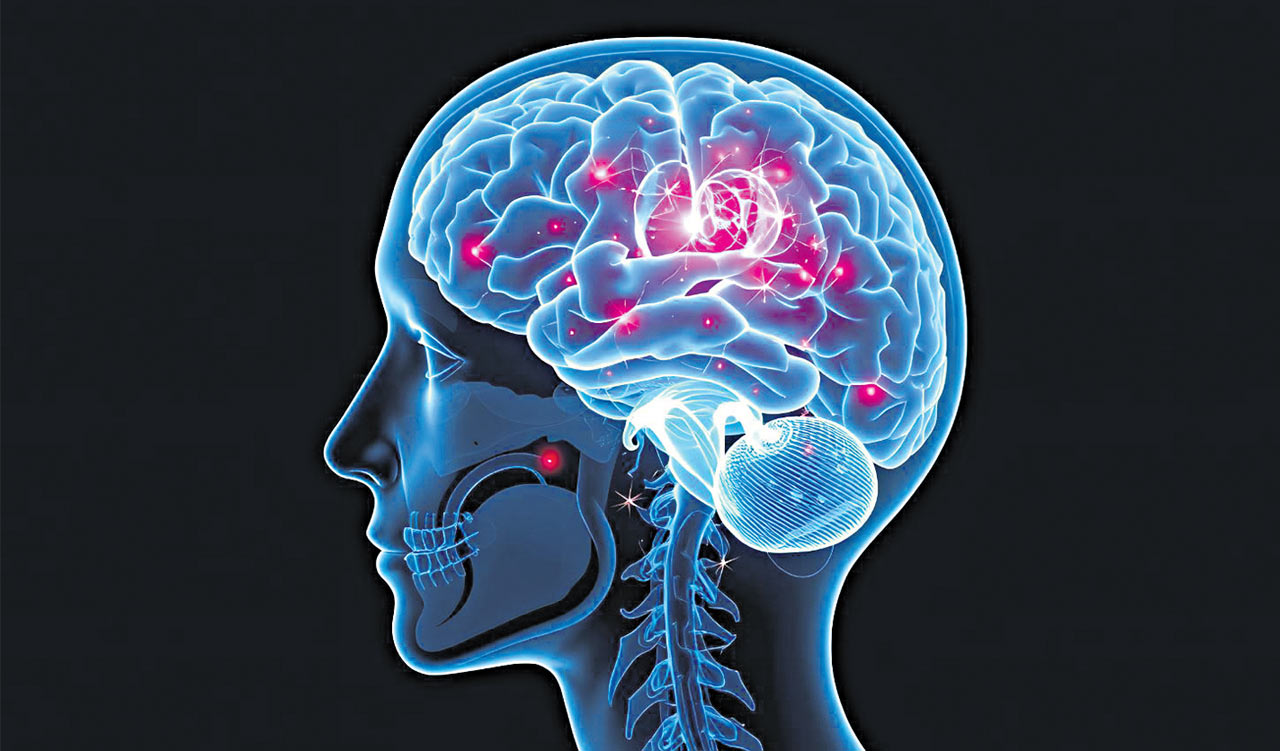Opinion: Tap brainwave entrainment
By using this ability of the brain, one can unlock new levels of cognitive and emotional balance

By Viiveck Verma
With rapidly dwindling attention spans with constant consumption of shorter, sensational content, the pursuit of enhanced focus and relaxation has led many to explore alternative methods for optimising mental capabilities. Brain entrainment has recently garnered increasing interest as a technique that leverages the brain’s natural wavelength to synchronise with external rhythms, for improved concentration, relaxation and overall well-being.
Brainwave Entrainment
Brainwave entrainment is a process by which rhythmic stimuli, such as sound, light or vibration are used to guide the brain’s activity towards specific frequency patterns. These patterns correlate to different mental states, be it deep relaxation or high focus. Natural brainwaves vary in frequency and amplitude depending on our state of consciousness. The main brainwave frequencies include:
* Delta (0.5-4 Hz): Associated with deep sleep and unconsciousness.
*Theta (4-8 Hz): Linked to light sleep, deep meditation and creativity.
*Alpha (8-12 Hz): Related to a relaxed state, creativity, and visualisation.
*Beta (12-30 Hz): Connected with active thinking, focus and alertness.
*Gamma (30-100 Hz): Associated with higher cognitive functions, problem-solving, and information processing.
Brain entrainment works by exposing the brain to external stimuli that match these frequencies, to encourage the brain to promote the corresponding mental state of our choice. This concept is not modern but has roots in ancient practices as well. Early human civilisations recognised the power of frequencies in sound and rhythm in tweaking consciousness. For instance, tribes across the world have drumming, chanting and repetitive dances in rituals to induce a trance-like state. Sufi twirling also uses repetitive movements to attain a spiritual state of mind. These practices are still used to connect individuals with enhanced healing, community cohesion and increased productivity.
Even in nature, the rhythmic sounds of ocean waves, the rustling of leaves or the chirping of crickets have a calming effect on the human mind. These natural rhythms can entrain our brainwaves inducing relaxation and peace. Ancient cultures intuitively understood this.
Science Behind
Since the early 20th century, the phenomenon of FFR or Frequency Following Response has been studied, which suggests that the brain’s electrical activity naturally aligns with the frequency of an external stimulus. With more intense research by the end of the century, we have now popular forms of brainwave entrainment.
One example is binaural beats, where two slightly different frequencies are played in each ear, and the brain perceives a third frequency. If a tone of 300 Hz is played in one ear and 310 Hz in the other, the brain perceives a beat of 10 Hz, which relates to the alpha state, thus promoting relaxation. Studies have shown that binaural beats can be used to induce the desired state of mental being as per the requirement of a person.
Practical Applications
The practical applications of brainwave entrainment are vast. By using beta frequency stimulation, those struggling with concentration, particularly in environments filled with distractions, brainwave entrainment can help achieve a better state of focus, ideal for studying, working or performing professional tasks that require sustained attention. A study by the National College of Natural Medicine in 2008 found that participants who used beta-frequency binaural beats experienced significant improvements in memory and attention compared to a control group.
On the other hand, with stress-related diseases on a high, brainwave entrainment can also be used to promote relaxation. With alpha and theta frequencies, users induce a state of calmness, which can be particularly beneficial for those suffering from anxiety or insomnia. A 2012 study by The Journal of Clinical Psychology revealed that when exposed to theta binaural beats people had a significant reduction in anxiety and an improvement in mood. This makes brainwave entrainment a fantastic, non-pharmacological alternative to managing mental health. Similarly, delta frequencies, associated with deep sleep, can be a solution to sleep disorders which have also seen a spike, especially among younger, working-class people.
Challenges and Considerations
While the potential benefits of brainwave entrainment are compelling, it is important to approach it cautiously. Firstly, the effectiveness of brainwave entrainment can vary from person to person, since every individual brain is different and highly complex. The same level of benefits cannot be guaranteed for all. Secondly, though these techniques are considered safe, they should not be used as a substitute for professional medical treatment or as DIY-approach to health, especially for individuals with neurological conditions.
Thirdly, one must be wary of the proliferation of brainwave entrainment apps and devices in the market, putting the responsibility of making the right choices directly on consumers. Such products should only be used with professional consultations.
Brainwave entrainment offers a promising avenue for enhancing focus, relaxation and overall mental well-being with roots in historic and natural practices. By tapping into this ability of the brain, one can unlock new levels of cognitive and emotional balance. However, as with any tool for mental health and personal development, it is crucial to use brainwave entrainment thoughtfully and in conjunction with other evidence-based scientific practices for best results.

(The author is founder & CEO, Upsurge Global, co-founder, Global Carbon Warriors, and Adjunct Professor, EThames College)
Related News
-
21 dead as Mozambique erupts in violence after election court ruling
4 mins ago -
Cartoon Today on December 25, 2024
8 hours ago -
Sandhya Theatre stampede case: Allu Arjun questioned for 3 hours by Chikkadpallly police
8 hours ago -
Telangana: TRSMA pitches for 15% school fee hike and Right to Fee Collection Act
8 hours ago -
Former Home Secretary Ajay Kumar Bhalla appointed Manipur Governor, Kerala Governor shifted to Bihar
8 hours ago -
Hyderabad: Organs of 74-year-old man donated as part of Jeevandan
9 hours ago -
Opinion: The China factor in India-Nepal relations
9 hours ago -
Editorial: Modi’s Kuwait outreach
9 hours ago




